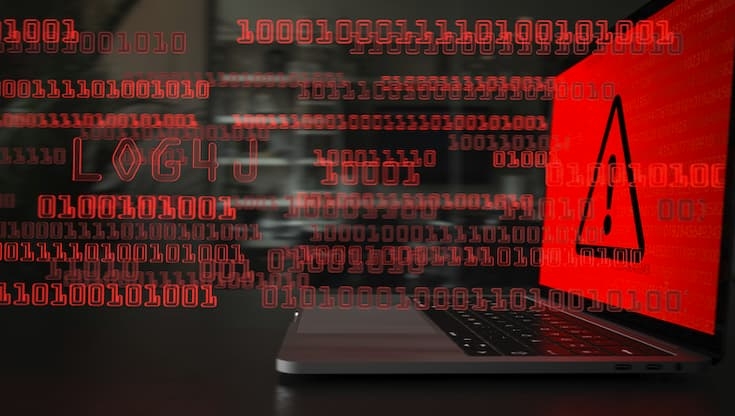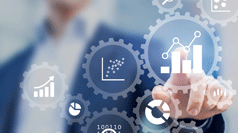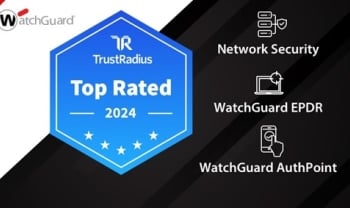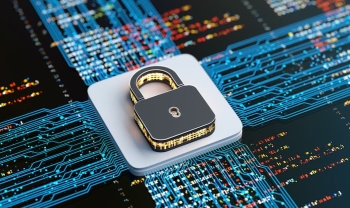Malware-as-a-Service (MaaS): How to protect your customers

The cyberthreat landscape is in a state of constant evolution. As the digital dependency of businesses grows, so do the opportunities for those looking to take advantage of it. In recent years, we have witnessed an upsurge in a new type of malicious actor: the non-technical cybercriminal.
Seeking illicit gain, these individuals take advantage of specialized services that enable them to launch attacks without the need for advanced computer skills. Two such widely used services are malware-as-a-service (MaaS) and ransomware-as-a-service (RaaS). In fact, according to a recent report, these were the top threats in the second half of 2023, and malware loaders, which account for 77% of cases, were the most used tools-as-a-service during this period.
Why have MaaS and RaaS gained popularity among cybercriminals?
The concept of MaaS is very similar to that of software-as-a-service (SaaS). In this case, cybercriminals pay for access to malware and cyberattack infrastructures through subscriptions or pay-per-use. Similarly, RaaS provides all the tools needed to execute ransomware attacks effectively.
This allows people without technical expertise to launch cyberattacks and opens the door to more sophisticated and targeted threats. This is because the malware and tools offered by MaaS and RaaS providers are often designed to evade detection by traditional security measures, making them difficult to identify and defend against. The popularity of these services is based on the advantages they offer threat actors, which include the following:
- They simplify access: These services have made the process of carrying out advanced cyberattacks simpler and cheaper, which has made cybercrime more accessible to a wider variety of people.
- They protect anonymity: They use encryption and other tools to make it difficult for authorities and cybersecurity experts to track them. Their presence is limited to spaces that are inaccessible to the general public, such as the dark web, hacker forums and specialized social media. In addition, they use advanced encryption and anonymity techniques to hide their physical location, making them even harder to locate.
- They offer scalability: They make it easier for cybercriminals to execute large-scale attacks. Renting botnets or spam services through MaaS allows them to send malicious emails or distribute malware to a large number of victims efficiently.
- They facilitate targeted attacks: They offer a wide range of customizable tools and services. Thus, hackers can tailor their attacks to specific targets using different malware types, attack techniques, and distribution methods.
- They are affordable: As the price tag is low, they are an attractive option for cybercriminals with limited budgets. They provide access to a wide range of tools and services for illicit purposes, without the need for large investments.
- They include technical support: They usually offer a technical support service to users; hence subscribers receive help if they have any problems using the tools or services they offer.
How can you protect your customers?
The increase in MaaS and RaaS attacks represents a significant threat to organizations. Combating these threats effectively requires a comprehensive strategy that encompasses protection at all levels and implementing a fully integrated, layered security approach is critical to eliminating any security gaps.
A unified platform for security provides the necessary protection for all critical aspects, from identities and devices to network and Wi-Fi connections. This solution simplifies the management of your customers' security, delivering the tools you need to protect them comprehensively and efficiently.
If you would like to know more about how a unified security architecture can improve your customer service, check out the following posts on our blog:






